The Christmas Tree Modern Holiday Tradition has its origin in Germany. People would bring in a pine or fir tree as a symbol of eternal life. While this tradition has been tied to pagan ritual and tradition, the connection is tenuous. It’s a weak connection because people use what’s around them to build tradition. The fact that multiple people groups have similar traditions but with different or similar meanings attests to their humanity. We are all humans created by God in His image, so we think similarly, regardless of our traditions. The fact is, evergreens were brought into homes and barns to represent eternal life as early as the 1600s. German immigrants brought this tradition to America as early as the 1700s. It was very popular and widespread among Lutherans in particular during the 1800s.
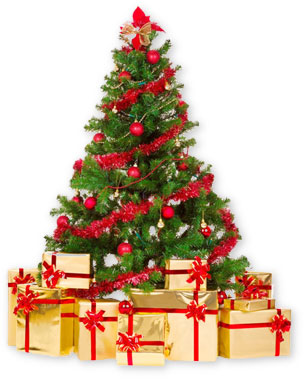
Christmas Tree Modern Holiday Tradition History
In the 1800s through the 1900s the tradition gradually made adjustments. In the beginning, the tree was decorated on Christmas Eve with toys, small gifts, candles, candies, strings of popcorn, and small cakes. This is also where the original lyrics of a very popular song came from. The song, “I’ll be home for Christmas.”
Lyrics
“I’ll be home for Christmas
You can count on me
Please have snow and mistletoe
And presents on the tree”
Originally the presents were on the tree, not under the tree. By the 1900s, our obsession with presents made it impossible to put the presents on the tree, so we began putting them under the tree. The poor tree would collapse trying to support a bicycle, game system, hunting rifle or television. So now it all goes under the tree, usually.

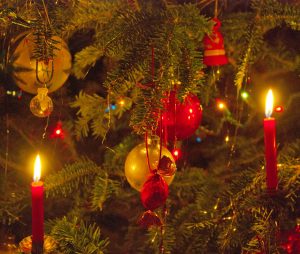
Christmas Tree Modern Holiday Tradition History of the Lights
This tradition is from the practice of putting candles on the tree. Consequently, this tradition started in 1611 to represent the 4 Sundays of Advent. In other words, it was to commemorate Christ’s birth – the birth of the, “Light of the World.” But, lights on an evergreen can be dangerous as a fire hazard. With the invention of the light bulb, the tradition began to change. So, ever since then, the manufacturers of Christmas lights have tried to make the tradition safer and more festive.
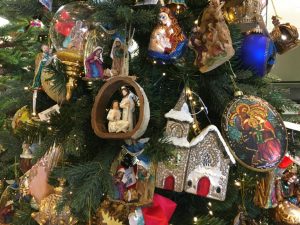
Christmas Tree Modern Holiday Tradition History of the Ornaments
Ornaments are representative of the gifts that were originally on the tree. The original tradition of giving gifts was because of the gifts to the young child Jesus. These original gifts were gold, frankincense, and myrrh. The gift of Gold was customary for royal visits. By bringing a gift of gold, the wise men showed that they did indeed consider Jesus a king. The burning of frankincense was closely associated with burning incense in ceremonial worship of God. So, it attested to Jesus’ deity. Myrrh was in perfume, anointing oil, as well as a key ingredient in the mixture of spices that were in use to prepare bodies for burial. This attests to Jesus’ death as all humans die. But Jesus was also God, so he had the power to rise again on the third day after his death. Again, attesting to his deity.
The Wisemen or Magi in Mathew 2:11
“And when they were come into the house, they saw the young child with Mary his mother, and fell down, and worshipped him: and when they had opened their treasures, they presented unto him gifts; gold, and frankincense and myrrh.”
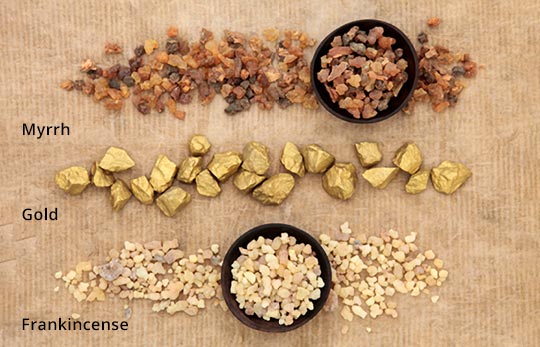
Christmas Tree Modern Holiday Tradition
The Christmas Tree is a very decorative and very symbolic tradition in our modern Christmas holiday. It represents eternal life that you can only have through Jesus Christ. As we accept Christ as Lord and Savior. It also represents the birth of the Light of the World. His light that lit our light, so that we can also be lights of hope in this lost world. Finally, the presents and ornaments on the tree. Representing the gifts of the wise men and attesting to the royalty and deity of Jesus Christ.
I hope and pray that each of you has a healthy and happy holiday. May our Lord bless each of you!
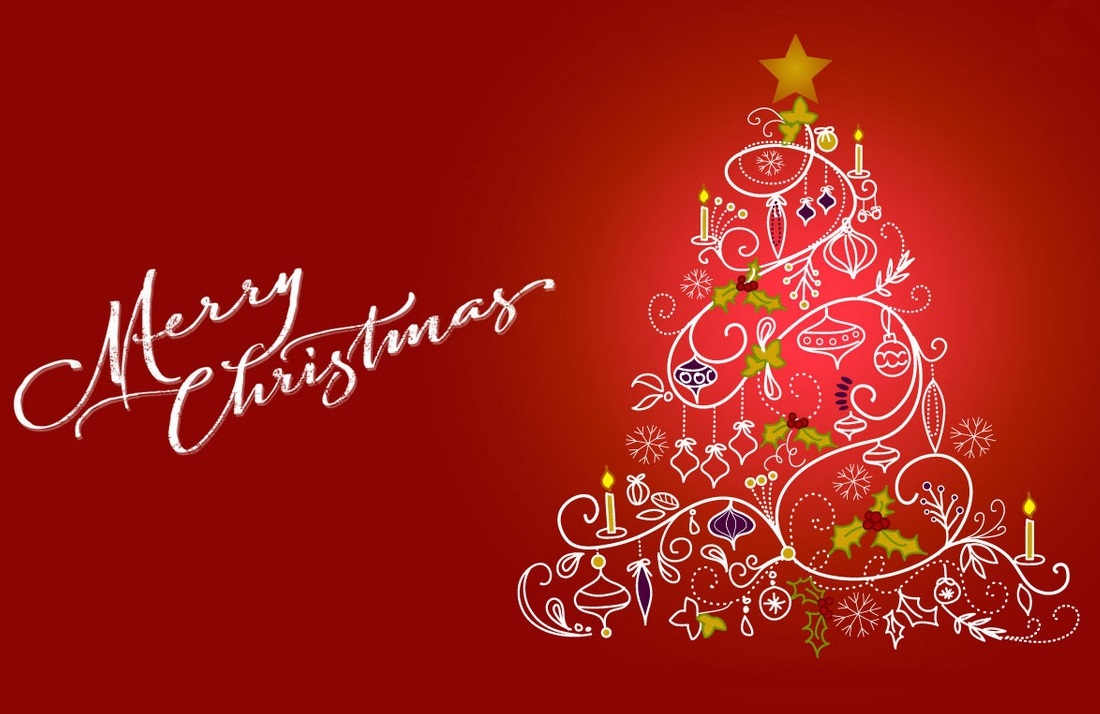


Bình luận